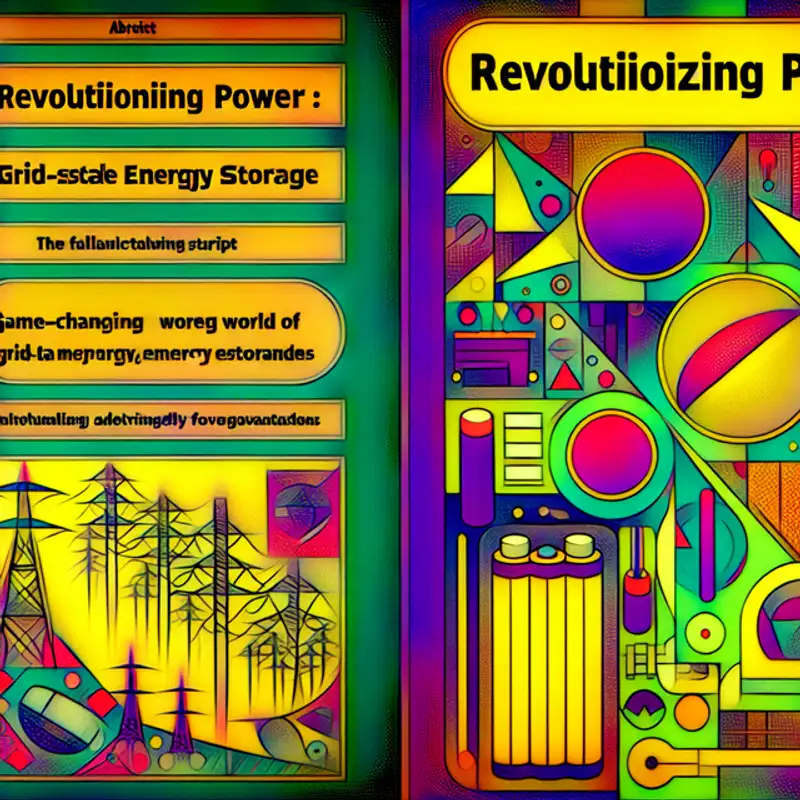 Episode
Episode
· 02:02
Welcome to today's podcast, where we dive into a groundbreaking shift in clean energy—grid-scale energy storage. As Umair Irfan reports for Vox, the ability to store electricity is transforming the way we think about our power grid, which costs around $2 trillion.
Traditionally, electricity consumption has to match generation in real-time, making the grid a complex balancing act. However, imagine holding onto power for later use, reducing the need for an overbuilt grid and facilitating the integration of renewable sources like wind and solar. This is exactly what grid-scale energy storage promises, particularly through the advancements in lithium-ion batteries.
From 2021 to 2024, grid battery capacity in the U.S. surged fivefold, exceeding 26 gigawatts, surpassing pumped hydro storage. This surge is driven by significant cost reductions; battery prices have fallen from over $3,000 per kilowatt-hour in 2008 to just $150 today! As Micah Ziegler from Georgia Tech points out, “The batteries in phones, cars, and the grid all share common characteristics,” leading to these advancements.
Energy storage not only stabilizes the grid during peak demands but also offers backup during outages, especially vital in extreme weather. As we've seen in Texas, batteries stepped up to provide crucial power, alleviating pressure on the grid.
While the possibilities are exciting, challenges remain, including the need for long-term storage solutions and a reliable supply chain. As John Zahurancik aptly puts it, “You could easily see storage becoming 20 or 30 percent of the installed power capacity.” The future of energy storage looks promising, unlocking a new era of clean, consistent power. Stay tuned for more insights on this vital topic!
Link to Article
Listen to jawbreaker.io using one of many popular podcasting apps or directories.